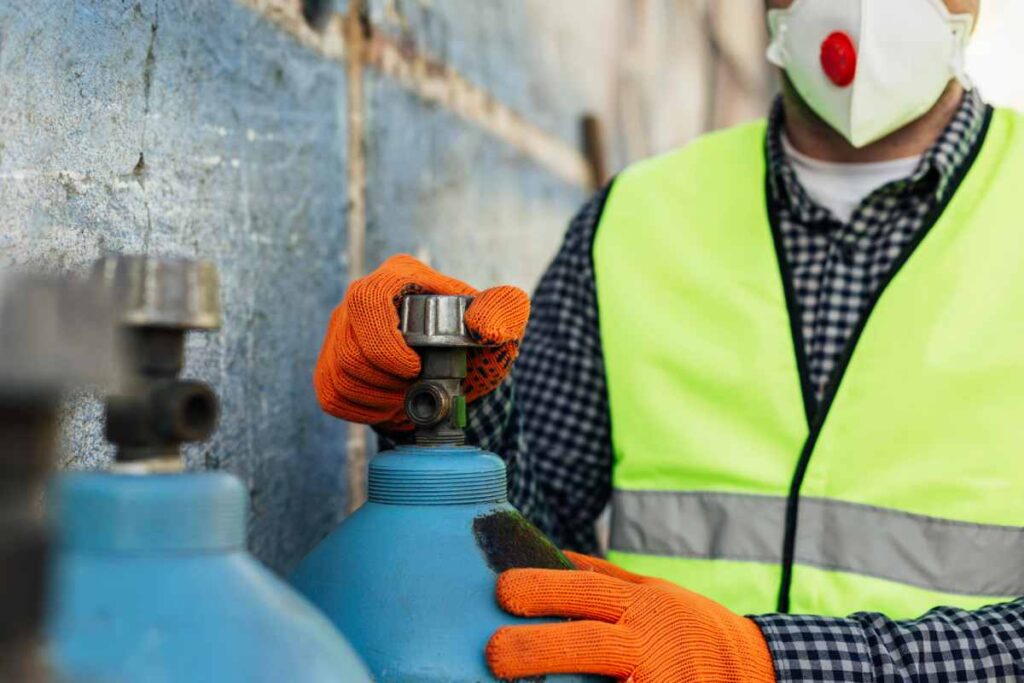Natural gas is the world’s cleanest fossil fuel, and when used correctly, it is perfectly safe. It is used in a multitude of products, such as furnaces, fireplaces, stoves, and clothes dryers.
As much as we’d like it to be, the usage of natural gas isn’t without risks. Above all, natural gas is a flammable material, which means a leakage can lead to gas poisoning and fires.
The best thing you can do is watch for the signs of a gas leak and take prompt action. Here are seven signs you should never ignore:
Table of Contents
1. Hissing Sounds
A hissing or whistling sound coming from an appliance or a pipe is a clear indication of a leak. Remember, you might also hear these sounds even when the appliance is turned off.
If there is a larger gas leak, you might hear a roaring, intense sound.
2. Smell of Rotten Eggs
If there’s one thing we all remember from our chemistry textbooks, it’s that natural gas is colourless and odourless. So, how can you smell a leak? Gas companies add an additive called mercaptan. This chemical has a distinct rotten egg smell, serving as a safety measure.
The percentage of mercaptan varies depending on the gas company and the manufacturer of the appliance. But even a mild odour is enough to indicate a natural gas leak.
3. Breathing Difficulty
One of the most common signs of a natural gas leak is shortness of breath. This is primarily caused by the reduced amount of oxygen in the air, which leads to hypoxia. Gases can irritate your respiratory system, making it difficult to breathe.
While exposure to low levels of natural gas isn’t harmful for the respiratory system, prolonged exposure can lead to permanent and severe issues.
4. Physical Symptoms
Since a gas leak reduces the amount of oxygen present in the air, you can experience a range of physical symptoms. This includes:
- Headache
- Dizziness
- Nausea
- Blurred vision
- Chest suffocation
- Fatigue
- Eye irritation
- Throat irritation
- Pale skin
- Blisters
The severity of these physical symptoms depends on the type of gas and the period of exposure.
5. White Mist Near Gas Pipes
If you spot white mist or fog near gas pipes, something’s amiss. This usually occurs near underground gas pipes. The reason for the visible mist is pretty straightforward: Since natural gas is stored under pressure, it expands rapidly when there is a leak. This rapid cooling causes the water vapours in the air to concentrate, leading to white mist or fog.
You might also see bubbles in standing water near your gas pipes. This is why it’s important to periodically inspect all the pipes.
6. Dying Vegetation
Another common sign of a gas leak is dying vegetation near gas lines and appliances. Natural gas releases methane into the soil, which suffocates the plants. Watch out for:
- Wilting
- Yellowing or browning of leaves
- Stunted growth
7. Unexpectedly High Gas Bills
Lastly, if your gas bill is increasing and your usage hasn’t changed, there could be a gas leak. Schedule a professional inspection to identify the leak and prevent any physical symptoms.

